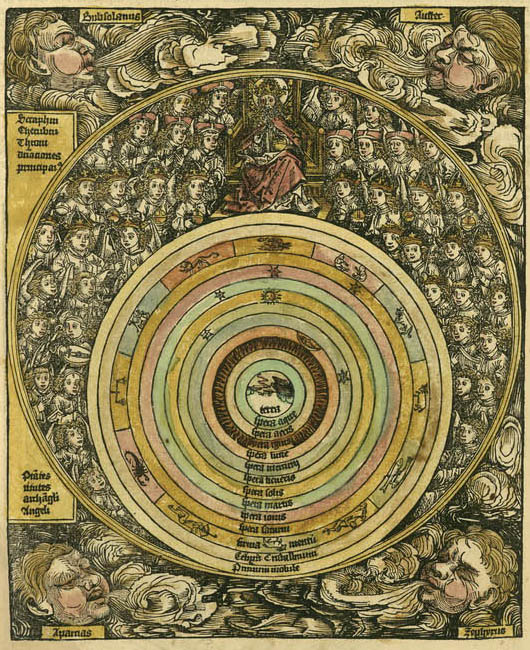Schedelsche Weltchronik (Nuremberg Chronicle)
Schedelsche Weltchronik (Nuremberg Chronicle)
This art of printing, through it the long concealed unspoken wisdom of human and also divine art will be conveyed to the community.
Hartmann Schedel, Weltchronik (World Chronicle), 1493
The Weltchronik (Nuremberg Chronicle), a work authored by Nuremberg physician Hartmann Schedel, is located historically at the turning point between a medieval conception of the world and an exact, modern world historiography.
The work is remarkable, first and foremost, for its faithful renderings of cities, although not every city is depicted in perfect detail. The publication was released in two editions (Latin and German) in 1493 by the publisher Anton Koberger in Nuremberg. Featuring no less than 1,809 woodcuts, it stood as the most image-rich composition of the incunable period. The woodblocks that were used were carved in the workshop of Michael Wolgemut and Wilhelm Pleydenwurff. It is also believed that Albrecht Dürer, as a student of Wolgemut, created a number of the woodcuts. In terms of the arrangement of text and images, Koberger set groundbreaking new standards in book design.

